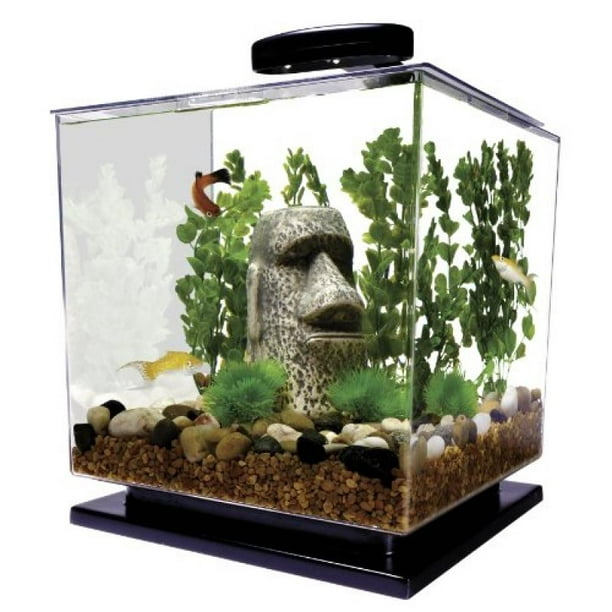Oxbow Animal Health Simple Harvest Timothy Hay Adult Rabbit Food, 4 lb.
Oxbow Animal Health Simple Harvest Adult Rabbit Food is formulated to nourish your pet the way Mother Nature intended. We begin with hand-selected Timothy Hay for rabbits for effective digestion and add wholesome ingredients and vital nutrients to support daily function and performance. In this bag, and beyond, we promise only the best for your pet rabbit food.
Oxbow Animal Health Simple Harvest Adult Rabbit Food is formulated to nourish your pet the way Mother Nature intended. We begin with hand-selected Timothy Hay for rabbits for effective digestion and add wholesome ingredients and vital nutrients to support daily function and performance. In this bag, and beyond, we promise only the best for your pet rabbit food.
- Made with hand-selected Timothy Hay for rabbits
- Prebiotics support healthy digestive function
- Vitamin A supports healthy bone growth, immune function and vision
- Made specifically for adult rabbits (over 1 year old)
- Grown in the USA
- See package for feeding instructions
- Includes 4 lb. bag of pet rabbit food
Additional information
| Food Product Form | Pellets |
|---|---|
| Life Stage | All Life Stages |
| Packaged Height | 11.25 in. |
| Packaged Length | 4.38 in. |
| Packaged Weight | 4.1 lb. |
| Packaged Width | 7.5 in. |
| Package Weight | 4 lb. |
| Packaging Type | Bag |
| Special Diets | All Natural, Nutrient Enriched |
| Manufacturer Part Number | 10622 |











by David
You were out of the young rabbit version but Bunny likes this one just fine
by Danie
Great for rabbits
by Oak
I have been fostering my daughter’s mini bunnies since 2020… I love this food and all of the oxbow rabbit offerings. I like the simple harvest line of products they are quality feed products. Although hard to find in my area. I highly recommend this line of products.
by Dion
Great quality food that my bunnies love!